|
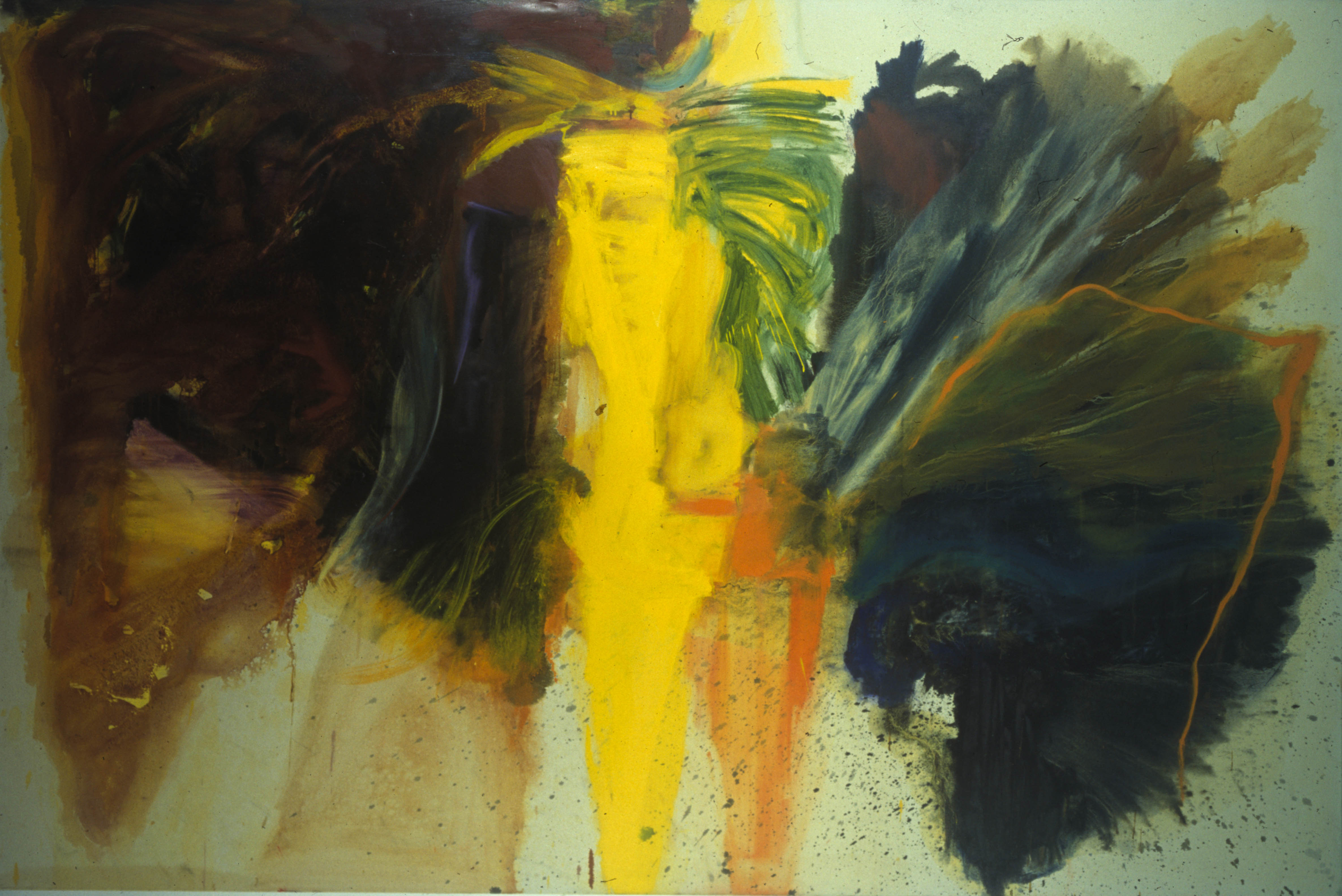
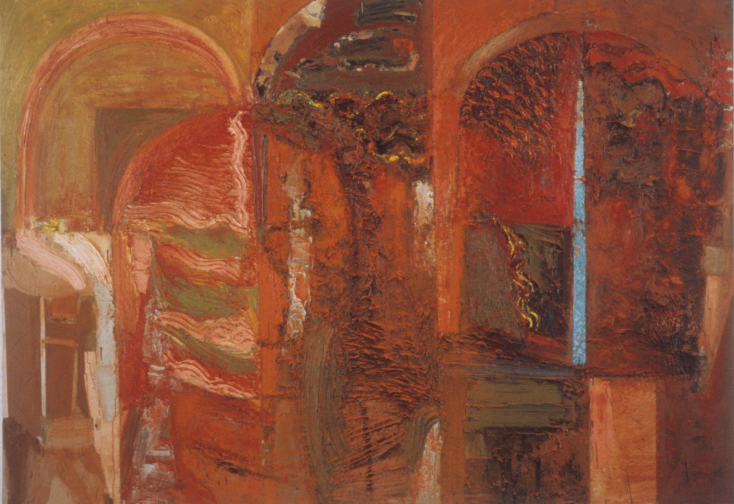
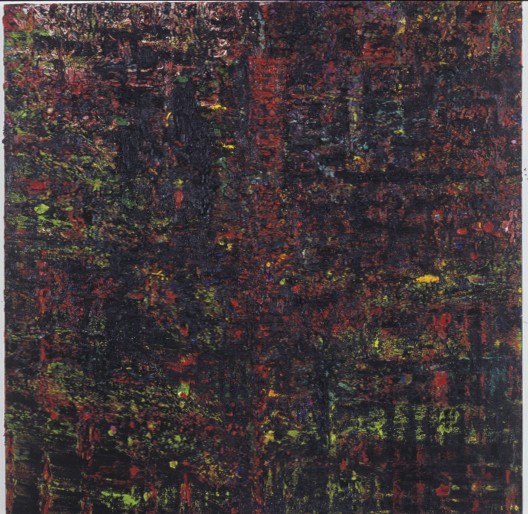

|
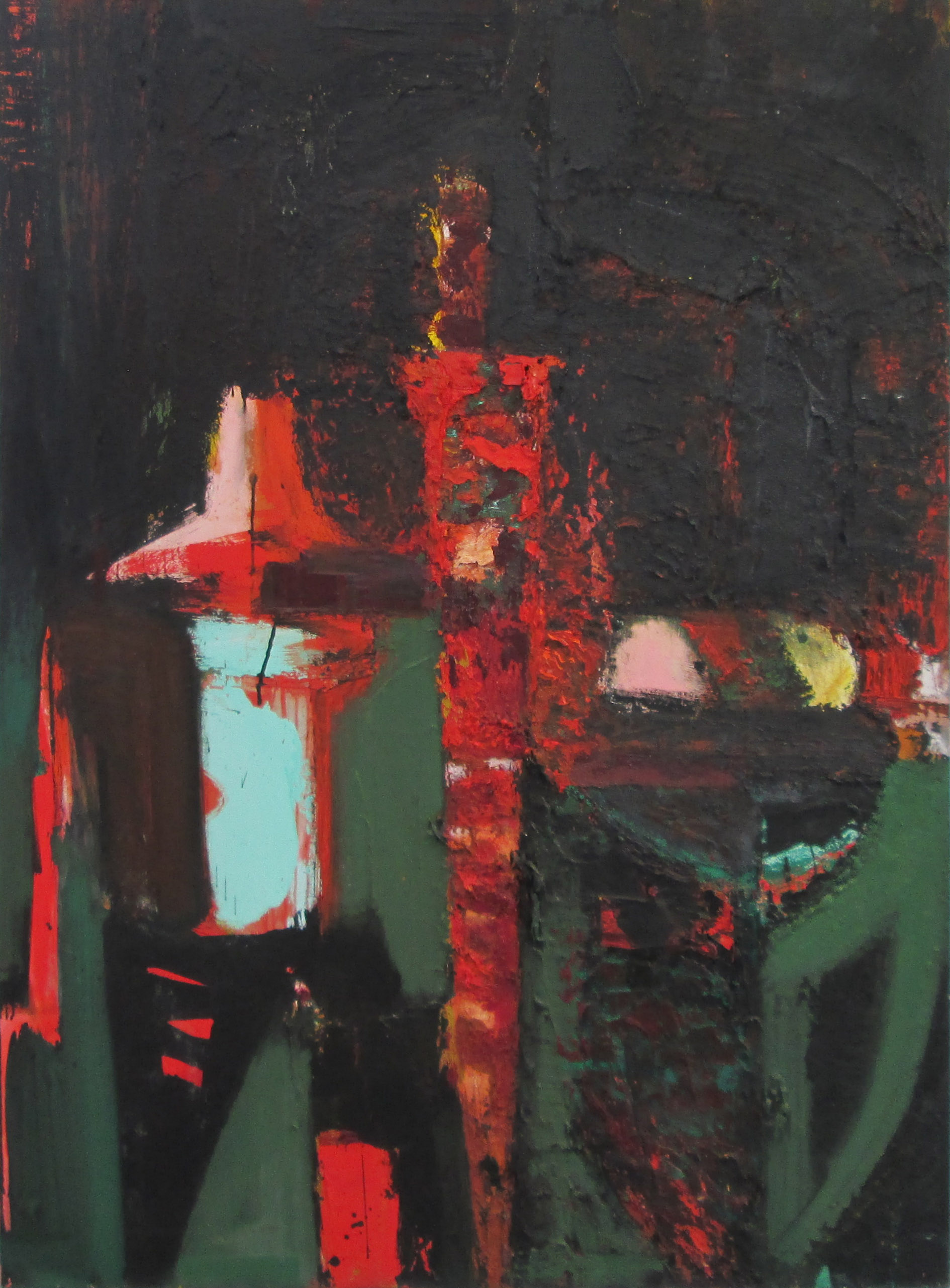
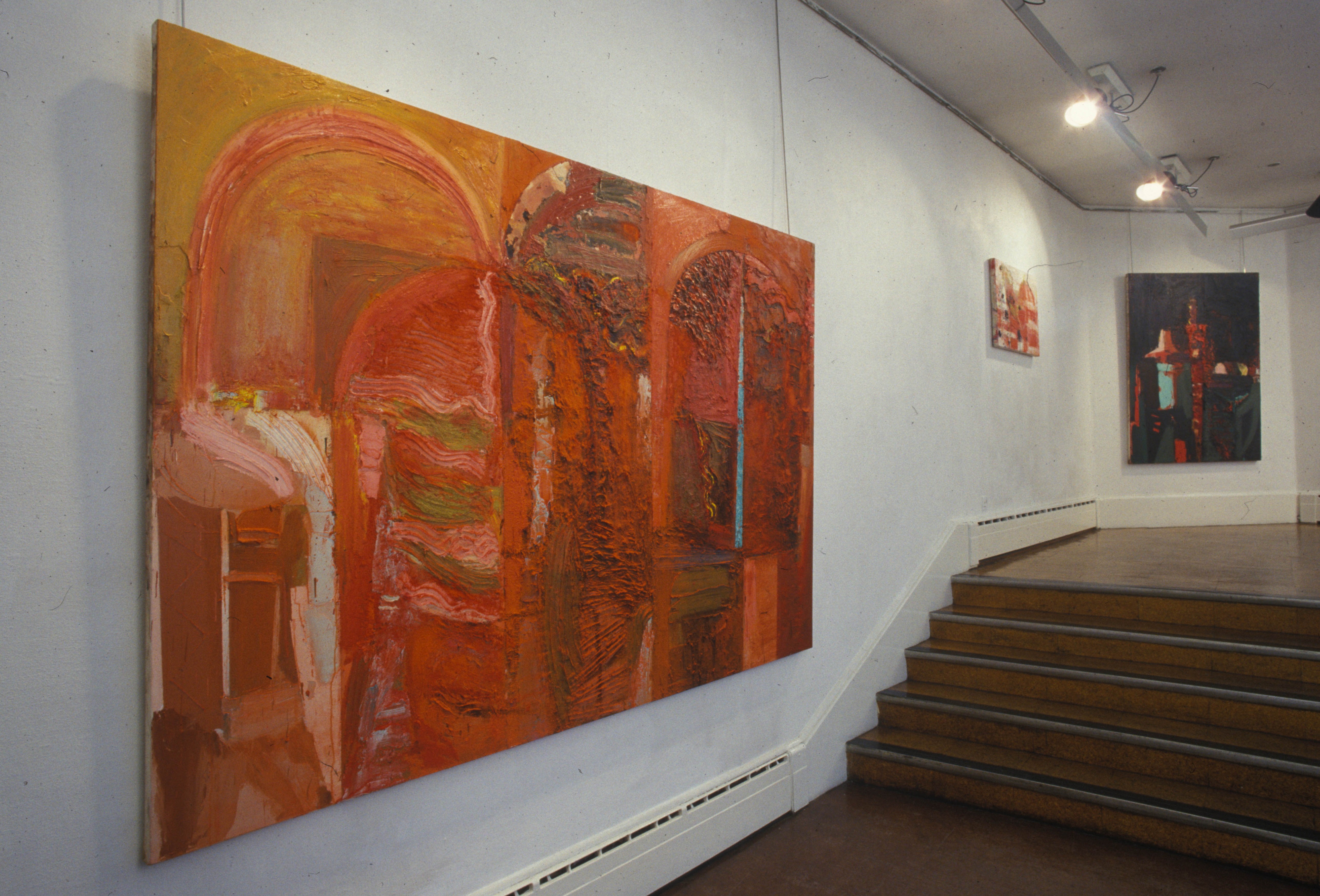
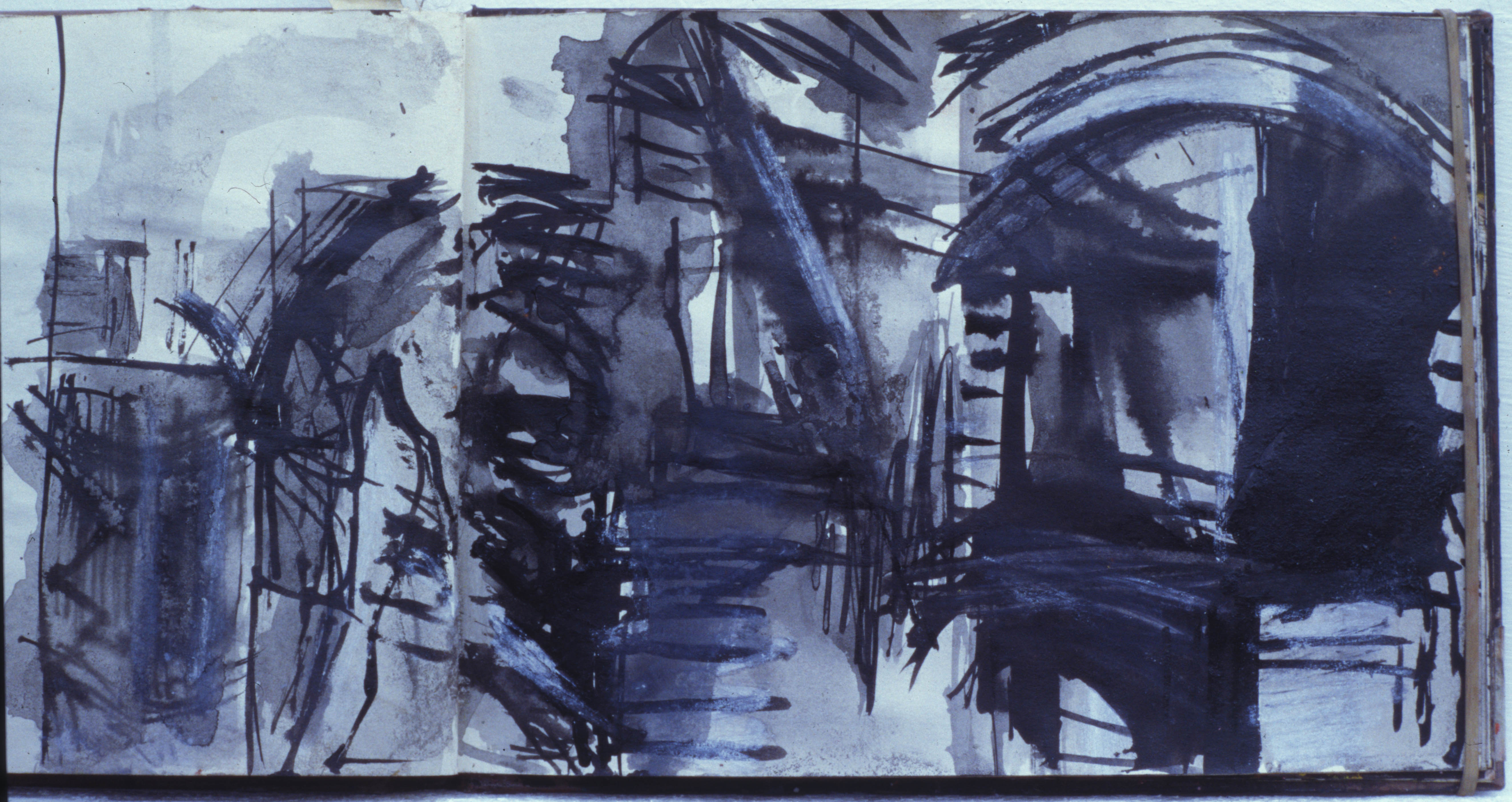
|
Paintings from this series were shown at:
Women on Men, 1997-8, Oriel Theatr Clwyd, Mold, Flintshire and tour of Wales
Wordless, 1997, Myles Meehan Gallery, Darlington Arts Centre, Darlington, County Durham
Durham Cathedral: Artists in Residence, 1996, DLI Gallery and Arts Centre, Durham, County Durham
Strong Meat, 1995, Morley Gallery, London
Painting Out Patriarchy
From:Durham Cathedral: Artists in Residence 1983 - 1996, Durham County Council: Arts, Libraries and Museums Department, 1996, published to accompany the exhibition of the same name at Durham Art Gallery, (08.03.1996 - 08.04.1996). ISBN 1 897585 16 0
The paintings in this exhibition both refer to Durham Cathedral. The first, Emotional Debris, was painted in 1987 three years after the residency ended; the second, Conspiracy Theory, was painted between 1992 and 1995.
The paintings I made during the year of the residency (1983 - 84) were a first response and inevitiably owe much to the ideas and concerns carried over from work made in Rome in the year prior to working at Durham. These paintings took as a starting point parts of the cathedral peripheral to the great nave/choir: the triforium, for example, is employed as a setting for the painting Pharoah's Daughter (1984).
Despite making a great many drawings and studies of the nave while resident at Durham, it took a further three years to refine ideas, composition and most crucially, the appropriate technical 'means' to make a group of paintings about the sublime nave space in these years I wanted to make paintings that went beyond the explicit to an implicit understanding of the boundary features, columns, arcading, rose window and to reveal the nave as a space of possibility. Exploring the nature of the experience of being in the nave particularly in quiet moments and at some of the more intimately lit occasions, early morning, evensong in winter, as one of reverie and self-realisation. Emotional Debris (1985-6) is a synthesis of something seen and a report of something felt - something visible and something invisible.
In contrast to Emotional Debris (1985-6), Conspiracy Theory (1992-5) began without thought of the Romanesque architecture of the Cathedral but simply as a row of four male figures to be painted in four different ways, evolving from a drawing visualising the seeming inevitability of male succession /patriarchy. The painting as an object is 'evidence' of the many changes of direction and purpose it underwent. The figures were eventually constructed from a variety of sources; armour, medieval sculpture and Romanesque architecture. At varoius stages in the making of this painting I recognised that the painting has had different paradigms; these have included the notion of 'wall painting' - through the washed-out, dry colour of fresco painting, now mostly obscured, and in the parade of emblematic figures. I have also referred to the painting itself as a wall (rather than a window - a space beyond as in Emotional Debris), a wall that is both impassable to the eye of the viewer and the "I" of the painter. Its surface has been considered as a network, initially in the painting tradition of colour connections across and latterly in the sense of a net-at-work, a trap.
In another distinct phase of development the 'problem' of the figures incongrously positioned in space in relation to their scale led me to look again at drawings I made of the Galilee Chapel, an architectural space which does not consist of a clearly defined set of routes or paths like the nave, but presents the visitor with a perhaps inappropriate point of entry and then proceeds to disorientate them completely. Unlike Emotional Debris which employs space as metaphor for the sublime, the images in Conspiracy Theory accrete, in highly physical terms, on the surface. Changes can only be effected by obliteration or 'painting out' (the only practical remedy for patriarchy open to this particular painter). Paradoxically 'painting out' consists of stating the next image or layer even more physically (thicker) than the preceeding one. I did not envisage that I would use the information in the 1983-4 drawings or that aspects of the Cathedral would become a source of reflection and key to 'solving' this painting some years later.
Virginia Bodman
Back to Gallery |
|